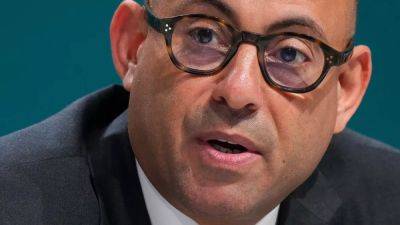EU Solidarity Fund: Why disaster relief in Europe often comes too late
In the idyllic but lively town of Bad Neuenahr in Germany, Klaus Feuser looks at what remains of his five once thriving restaurants.
More than three years after devastating floods that changed lives as well as the landscape itself in the Ahr Valley, scars are still visible.
"Everywhere you look, it still feels like it only just happened yesterday," laments Feuser. The remaining damage is a clear sign of the force of the flood and slow pace of reconstruction.
Klaus Feuser's story reflects the wider challenges facing the EU, as it grapples with the reality of natural disasters happening with increasing frequency — from floods to forest fires — which is straining existing mechanisms for relief and recovery.
Since its last revision in 2014, the EU Solidarity Fund (EUSF) has been criticised for its limited scope and slow disbursement, which often fails to meet the immediate needs of affected communities. The fund aims to restore vital infrastructure and support reconstruction.
Created in 2002, the EU Solidarity Fund (EUSF) is facing increasing criticism, mainly due to financial constraints and inefficiencies. It was once a beacon of hope for regions in Europe that were affected by disasters.
With climate-related disasters occurring at an increased rate, the current financial structure of the fund is coming under pressure. Its annual budget of €500 million is considered insufficient, leading to calls from policy makers and affected communities for a fundamental overhaul of the Fund's financial mechanisms.
In a European Climate Risk Assessment report published earlier this year, Julie Berckmans of the European Environment Agency called for reform of the Fund, among other recommendations.
Berckmans emphasised to Euronews that the fund's








